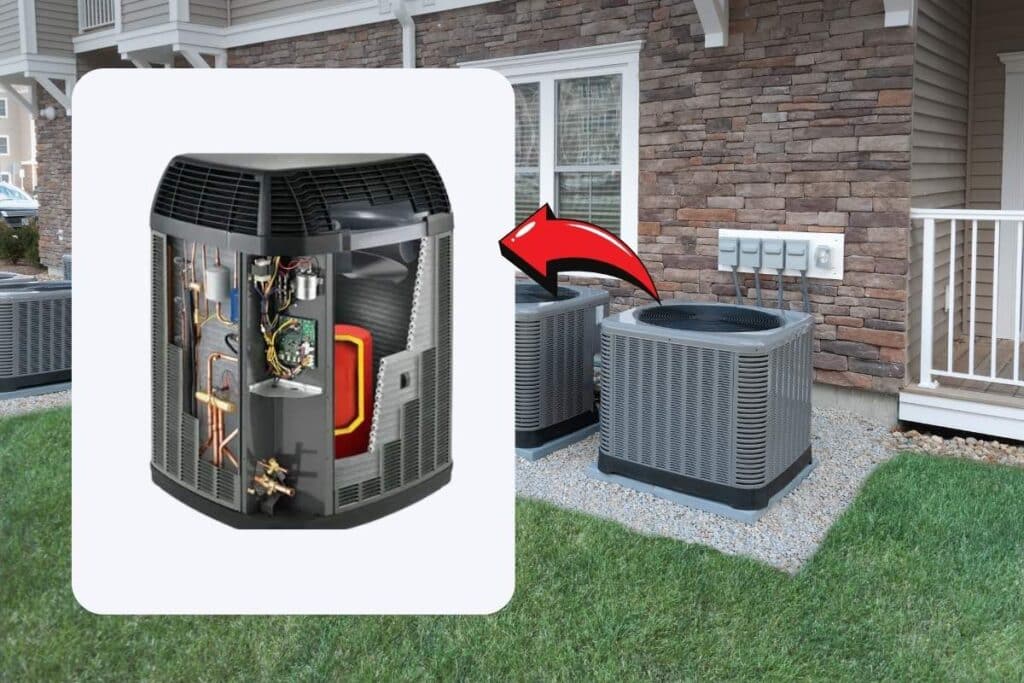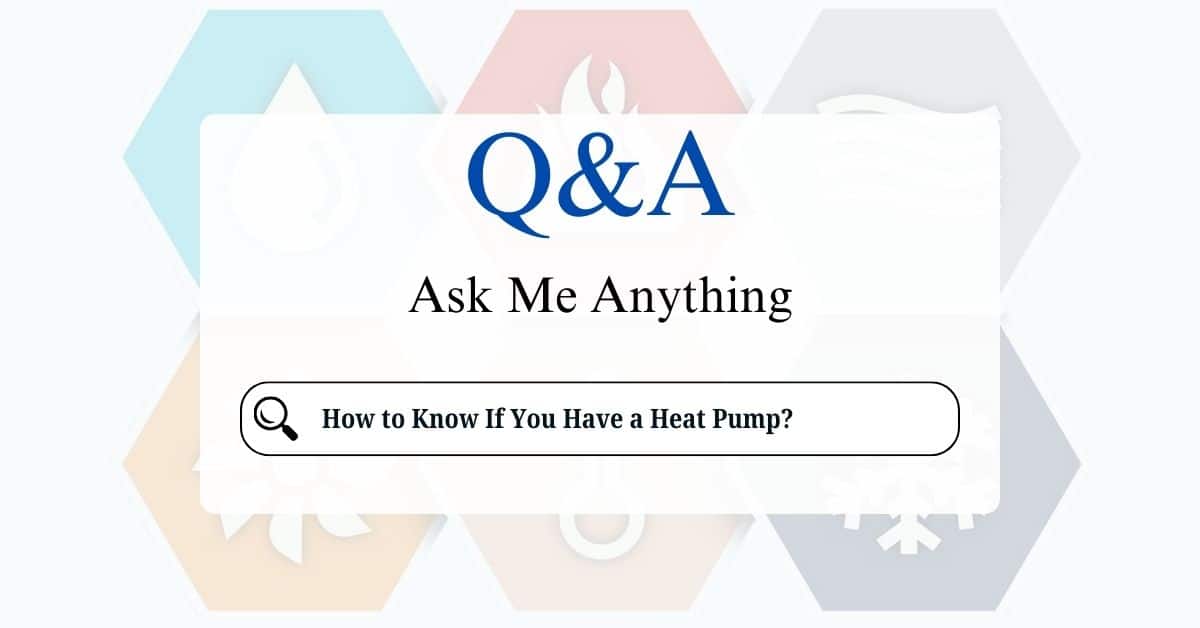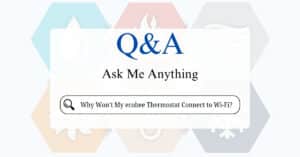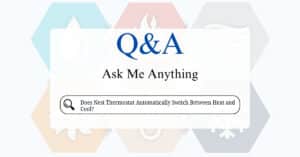Knowing what type of heating and cooling system you have in your home is important for maintenance, troubleshooting, and understanding energy efficiency. If you suspect you might have a heat pump but aren’t quite sure, this friendly guide will help you identify it.
A heat pump is a versatile system that provides both heating and cooling. Unlike furnaces that generate heat, heat pumps transfer heat between the inside and outside of your home. In winter, they extract heat from the outside air (yes, even cold air contains some heat) and move it indoors. In summer, they reverse the process, extracting heat from inside and releasing it outside.
Key Characteristics of a Heat Pump
Here are the key characteristics that can help you identify if you have a heat pump:
- Outdoor Unit: Heat pumps have an outdoor unit that looks similar to an air conditioner condenser. This unit contains a fan, a compressor, and a coil. It’s the most reliable way to visually identify a heat pump.
- No Chimney or Flue: If your home is heated by a gas furnace, it will typically have a chimney or flue to vent combustion gases. Heat pumps don’t produce combustion gases, so they don’t require a chimney or flue.
- Electric or Dual Fuel: Heat pumps run on electricity. Some homes have “dual fuel” systems that combine a heat pump with a gas furnace for backup heat in extremely cold weather. In these cases, you’ll have both an outdoor heat pump unit and a gas furnace.
- Thermostat Settings: Your thermostat might have settings that indicate a heat pump system. Look for settings like:
- “Heat” and “Cool” modes.
- “Emergency Heat” or “Aux Heat” (this indicates a heat pump with supplemental electric resistance heating).
- No “Gas Heat” option.
- Reversing Valve: Inside the outdoor unit is a component called a reversing valve. This valve controls the direction of refrigerant flow, allowing the heat pump to switch between heating and cooling modes. While you won’t typically see this valve directly, its presence is a defining characteristic of a heat pump.

Methods for Identifying Your System is Heat Pump
Here are several ways to determine if you have a heat pump:
- Check the Outdoor Unit: The most straightforward way is to look for the outdoor unit. If it resembles an air conditioner condenser but doesn’t have a visible gas line connection, it’s likely a heat pump.
- Check Your Thermostat: Look at the settings on your thermostat. The presence of “Emergency Heat” or “Aux Heat” strongly suggests a heat pump system.
- Check Your Energy Bills: If your home is heated by electricity and you don’t have a gas bill for heating, it’s likely you have a heat pump or electric resistance heating (baseboard heaters or electric furnaces).
- Check for a Chimney or Flue: If you don’t have a chimney or flue connected to your heating system, you likely don’t have a gas furnace, making a heat pump or electric resistance heating more probable.
- Look at Your Home’s Documentation: If you have any paperwork from when your home was built or when the HVAC system was installed, it should specify the type of heating and cooling system.
Key Differences Between Heat Pumps and AC + Furnace Systems
| Feature | Heat Pump | AC + Furnace |
|---|---|---|
| Outdoor Unit in Winter | Runs to provide heating | Does not run |
| Thermostat Settings | “Heat,” “Cool,” “Emergency Heat” options | “Heat” and “Cool” options only |
| Heating Source | Extracts heat from outside air | Uses gas, oil, or electric furnace |
| Energy Efficiency | Typically more efficient in mild climates | Can be less efficient in mild climates |
Different Types of Heat Pumps
While the basic principle is the same, there are different types of heat pumps:
- Air-Source Heat Pumps: These are the most common type. They transfer heat between the inside and outside air.
- Geothermal Heat Pumps (Ground-Source Heat Pumps): These use the earth’s stable underground temperature for heat exchange. They are more energy-efficient but have a higher installation cost. You’ll usually see pipes going into the ground near the unit.
- Ductless Mini-Split Heat Pumps: These are used for heating and cooling individual rooms or zones. They don’t require ductwork and have a small outdoor unit connected to one or more indoor units mounted on walls.
If you’ve checked all these things and are still unsure whether you have a heat pump, the best course of action is to contact a qualified HVAC technician. They can inspect your system and accurately identify the type of heating and cooling you have.
Knowing whether you have a heat pump is important for understanding how your system works, performing basic maintenance, and making informed decisions about repairs or replacements. By using this guide, you should be able to confidently identify your home’s heating and cooling system.






